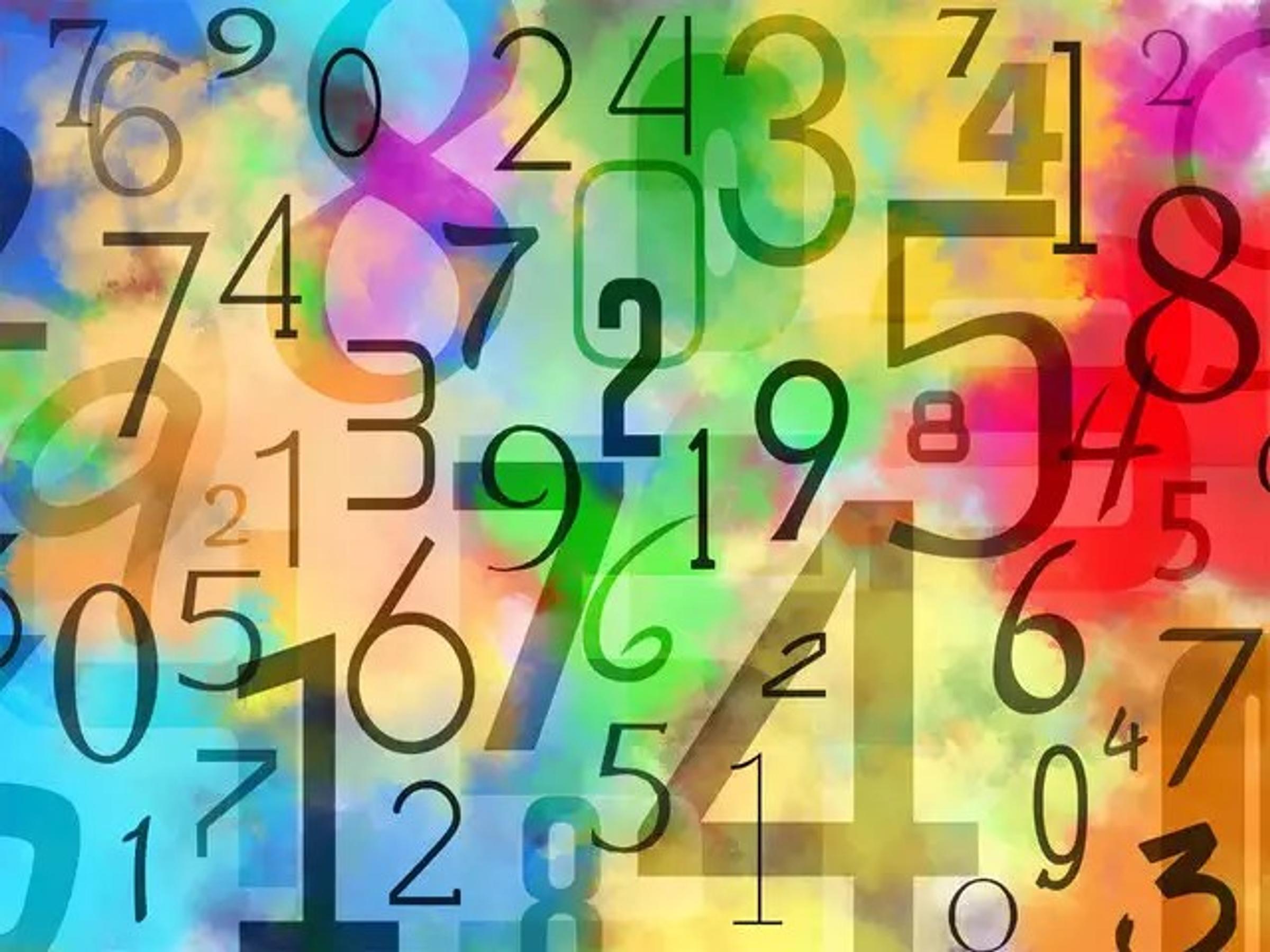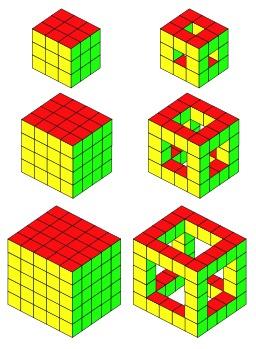Maths

“That is not how I was taught”
Late in the afternoon as I take my children for a run around the local park I have been lucky enough to run into other parents. It doesn’t take long for parents to begin to quiz me on what their children are doing for distance learning and what educational benefit these activities have on their children’s understanding of mathematics and literacy. It strikes me that as many of us continue to assist our children at home with their mathematical understanding it is important to realise the impact we are having on our kids when we say things like “ I was never very good at maths” or “ that is not how I was taught”. When you went to school, you were probably taught the standard algorithm for working out long multiplication and I’m sure during lockdown you have at some point lamented that your child is not being taught the way you were taught. When solving a problem such as 56 x 34 using a standard algorithm can you explain why it works? Do you find yourself making statements such as ‘put down the zero’, ‘carry the one’?
Today, the teaching emphasis is on helping children understand the underlying mathematics.
It is important that parents realise there are many ways to solve a problem and while some ways are more efficient, it will often depend on the problem or the calculation as to which strategy we choose to employ.
I have included an article in this week’s newsletter about the importance of how parents see themselves as mathematicians as research overwhelmingly indicates that this parent self -image effects children’s achievement in mathematics.
Parents’ Beliefs about Math Change Their Children’s Achievement
Holes
Here we have three solid cubes and three cubes that have holes. They’re just the first three in a series that could go on and on.
I was wondering about the number of cubes used in each… Then I thought about the difference between those numbers.
So, for example. I found that the first cube, 3 by 3 by 3, used 27 cubes.
The same cube with holes used 20 cubes, a difference of 7.
You can call these types of cubes what you like but I called them “solid” and “frame”.
How about exploring the numbers for the next few Solid and Frame cubes?Do you notice any patterns?
Can you explain any of the patterns?
(Problem from NRICH)
Lauren Maidment
Maths Leader

